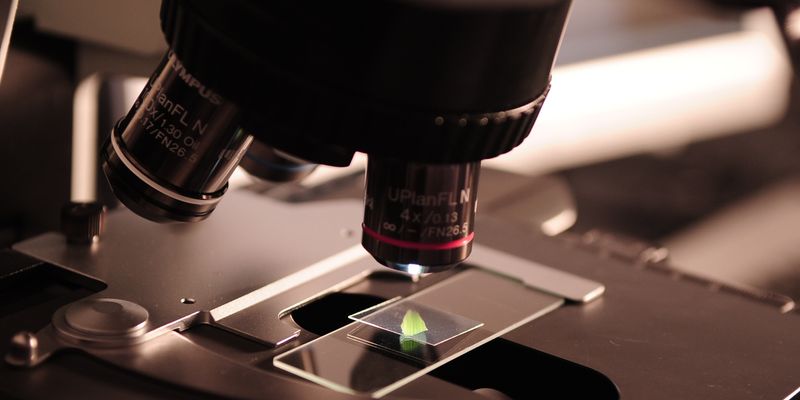General Surgical Pathology
Surgical pathology includes the study of tissues removed from patients during a surgical procedure. Surgical pathologists use both microscopic and macroscopic examination of tissue to assist in the diagnosis and treatment of disease.
-
Plasticity in the brain is very extensive due to the brain’s parallel architecture and synaptic reorganization capabilities. Because neuronal populations are typically in stable low e...
As the most common female malignancy, breast cancer is the most likely reason that a woman will die of cancer around the world. Breast cancer mortality has dropped in the U.S. by 35% since 19...
Speaker:
Benjamin Anderson, MD
MAR 21, 2018 | 8:00 AM
DATE: March 21, 2018TIME: 8:00AM PST, 11:00AM ESTMass cytometry, or cytometry by time-of-flight (the basis of the CyTOF® system), enables quantification of the abundance and fu...
APR 26, 2017 | 9:00 AM
DATE: April 26, 2017TIME: 9:00AM PT, 12:00PM ETBiopsies from non-small cell lung cancer (NSCLC) and colorectal adenocarcinoma generally produce small, heterogeneous samples with li...
FTIR spectroscopic imaging is an emerging tool for label-free, non-destructive characterization of tissues. The pathological annotation of tissue can be performed in an automated and objectiv...
Speaker:
Klaus Gerwert, PhD
Surgerized animals play a crucial role in preclinical research aimed at drug and medical device discovery into treatments for humans. When implementing new in-house surgical models to perform...
Speaker:
Szczepan Baran, VMD, MS
Presented at: Laboratory Animal Sciences Virtual Event Series 2016
In this talk, Sonia Shah interweaves history and original reportage to explore the origins of epidemics, drawing parallels between the story of cholera-one of history's most disruptive and de...
In the case of Breast Cancer, the patient's cancer is usually detected by a mammogram or palpitation of an experienced Physician. However, these first indications that something is wrong must...
Speaker:
Jennifer Burch
Matching the mutational profile of a patient's tumor with appropriate targeted agents is a goal of personalized medicine in oncology. The number of FDA-approved targeted therapies, as well as...
Speaker:
Stephen Lyle, MD, PhD
The field of surgical research has been growing rapidly with the development of new surgical and disease models. An extremely important and often overlooked aspect of creating these models is...
Speaker:
Szczepan Baran, VMD, MS
Presented at: Laboratory Animal Sciences Virtual Event Series 2015










